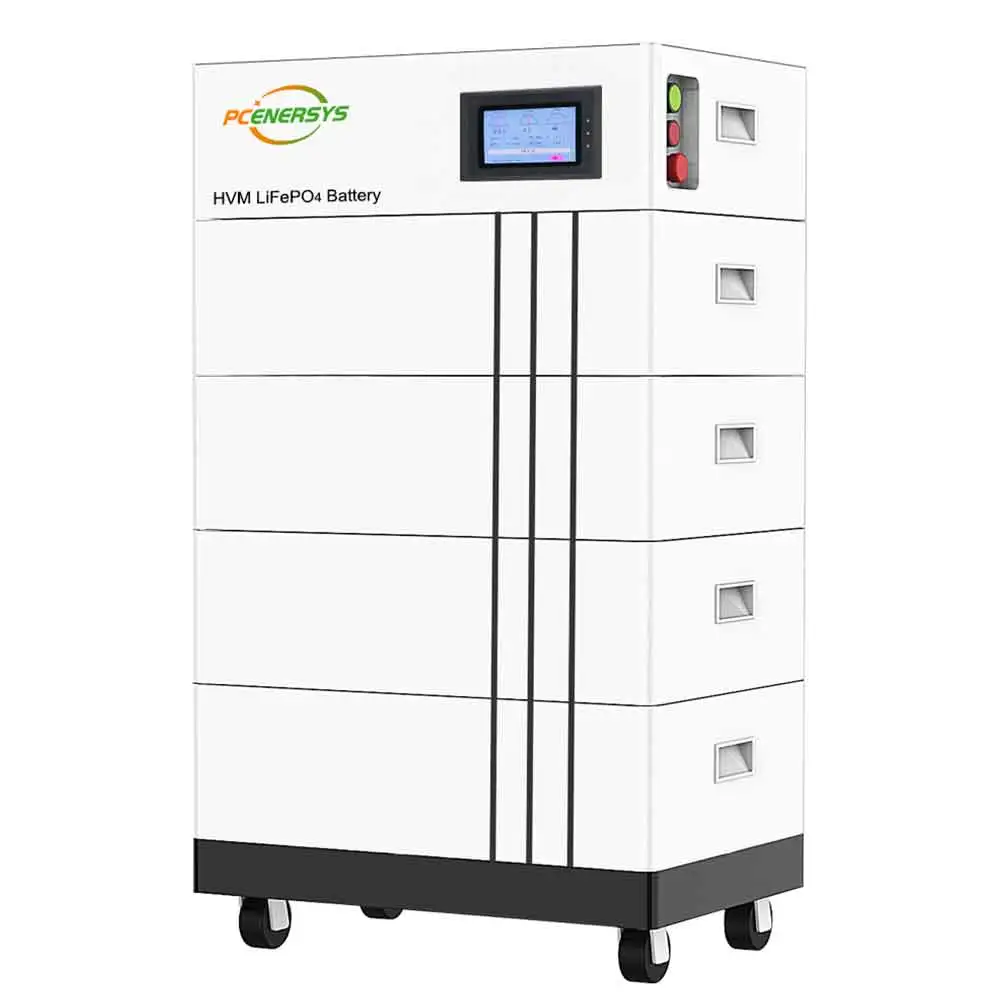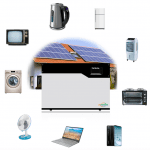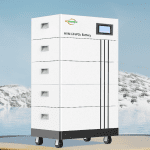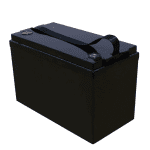High voltage LFP battery are the core solution for home energy storage and can significantly impact a home’s energy rating. In this article, we reveal how high-voltage LFP batteries affect a home’s energy rating, by understanding its complexities and improving efficiency and sustainability.
High voltage LFP battery technology
The increased voltage increases the energy density of LFP batteries, allowing more energy to be stored within a given volume or weight. Advanced electrode materials help improve electrochemical performance, increasing the overall energy conversion rate. Its high voltage range is well suited to the requirements of inverter technology commonly used in home energy storage systems. Many inverters are designed to work perfectly with high-voltage batteries, thereby maximizing the overall efficiency impact rating of the energy storage system.
Energy Efficiency Advantages of High Voltage LFP Batteries
High voltage LFP batteries bring significant energy efficiency advantages that can directly affect the rated capacity of home energy storage systems. Its high voltage increases energy density, storing more energy in a given space. Improved efficiency means smaller, lighter battery packs can deliver the same or greater energy capacity. The inherent electrochemical properties of LFP chemistry also improve energy efficiency, with low internal resistance and high charge/discharge efficiency, thereby minimizing energy loss during cycling. This feature is particularly beneficial in applications with frequent charge and discharge cycles.
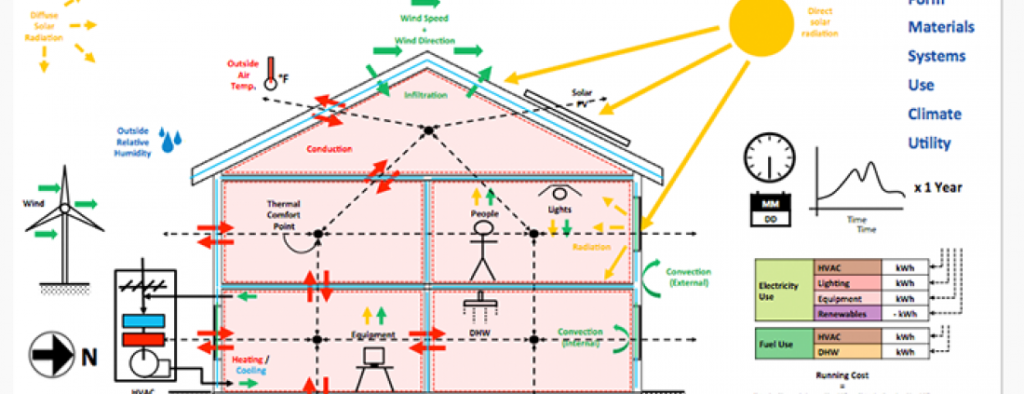
Integration between high voltage LFP batteries and renewable energy
Integrating high voltage LFP batteries and renewable energy resolves the inherent intermittency and volatility of renewable energy generation, optimizing energy utilization and increasing overall system efficiency, thereby impacting ratings. Renewable energy sources often exhibit variable output depending on weather conditions. High voltage LFP batteries act as adequate energy buffers, storing excess energy generated during peak periods of renewable energy generation. This helps eliminate fluctuations in energy supply, ensuring a more consistent and reliable power supply for residential needs. Homeowners can store excess renewable energy during periods of high power, reducing reliance on external power sources during peak demand periods or when renewable energy is not actively generating electricity.
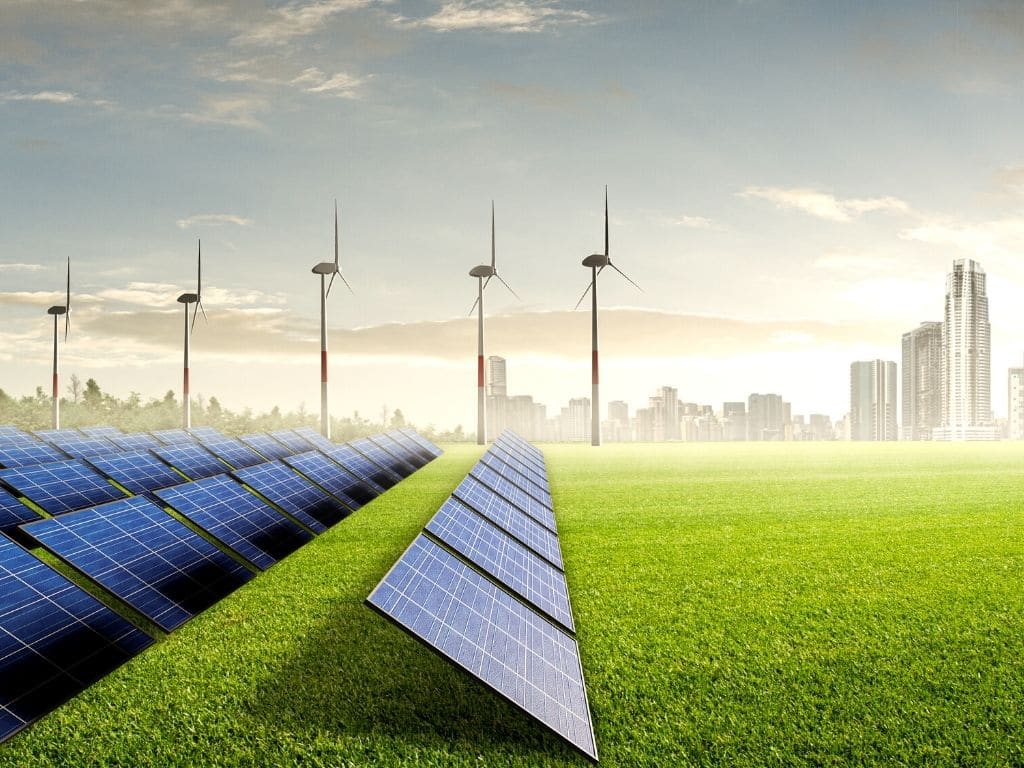
Load shifting and peak demand management
The load shifting and peak demand management capabilities of high voltage LFP batteries can also impact the rated capacity of home energy storage systems. Load moving can reallocate energy consumption to periods of lower power demand. High Voltage LFP Battery Batteries facilitate load shifting by storing excess energy during off-peak hours and releasing energy during peak demand periods. This dynamic energy management helps homeowners take advantage of lower electricity prices and minimize reliance on the grid during expensive peak times.
Peak demand management allows the high-voltage LFP battery to release stored energy to meet increased loads. This reduces pressure on the grid, helping to stabilize it and avoid potential power supply issues during peak times. Its ability to store and deliver energy at high voltages helps improve the efficiency of energy transfer and distribution within home energy storage systems. This direct impact on the user’s overall energy consumption brings with it an effect on the rated capacity.
Environmental Sustainability and Home Energy Ratings
High-voltage LFP batteries play a vital role in promoting environmental sustainability with their ability to store and manage electricity. The rated capacity of these systems determines how much energy homeowners can store and utilize, influencing their reliance on renewable energy and minimizing dependence on traditional grid power. A key element of sustainability is combining renewable energy sources such as solar panels or wind turbines with high-voltage LFP batteries. The rated capacity influences how much renewable energy one can store during periods of excess generation and use during periods of low or no renewable generation. This illustrates environmental sustainability and the interrelation of a home energy storage system with its rated capacity.
Summarize
High-voltage LFP batteries can significantly impact a home’s energy rating by improving efficiency, promoting the use of renewable energy, and more. When we choose residential energy solutions, it can emerge as a transformative technology that changes how homes consume and manage energy.

